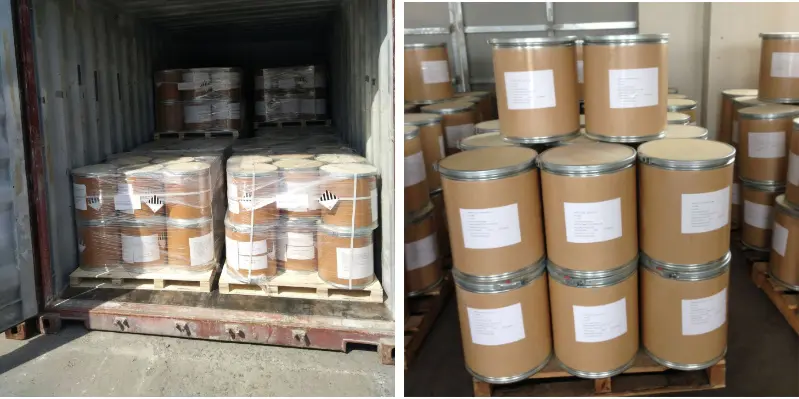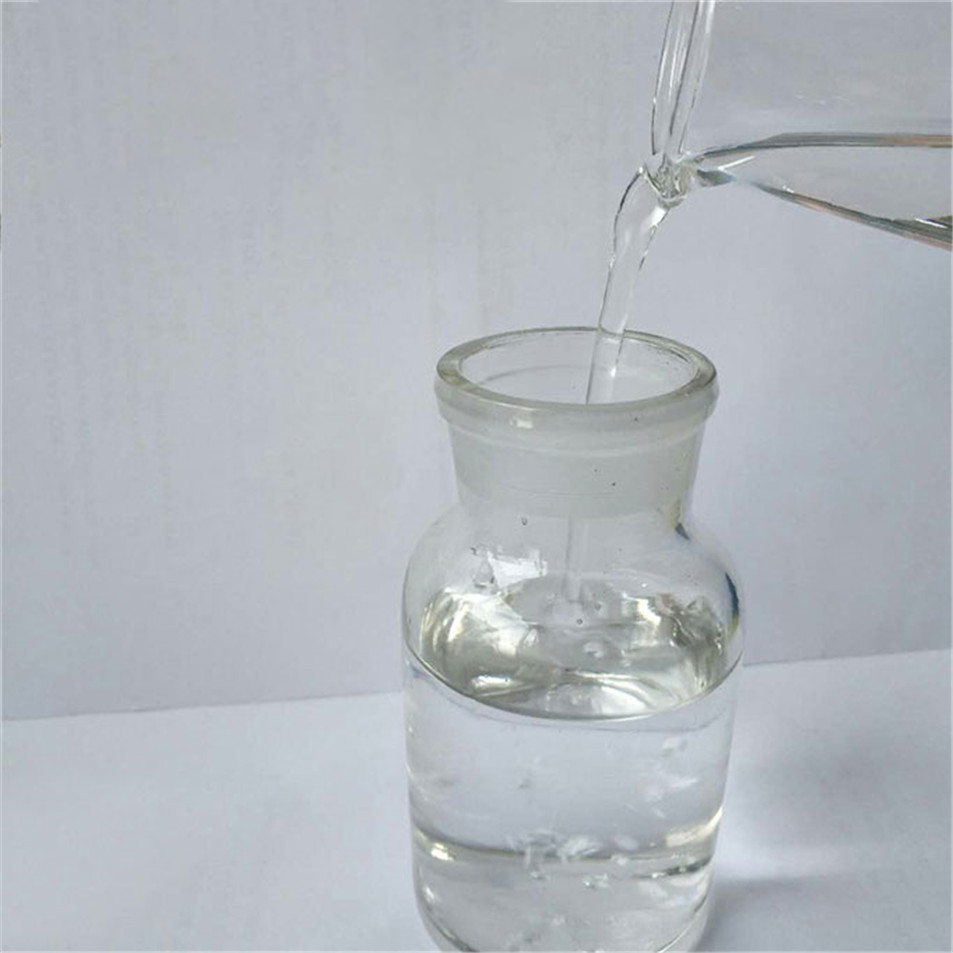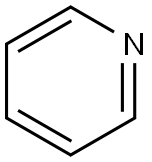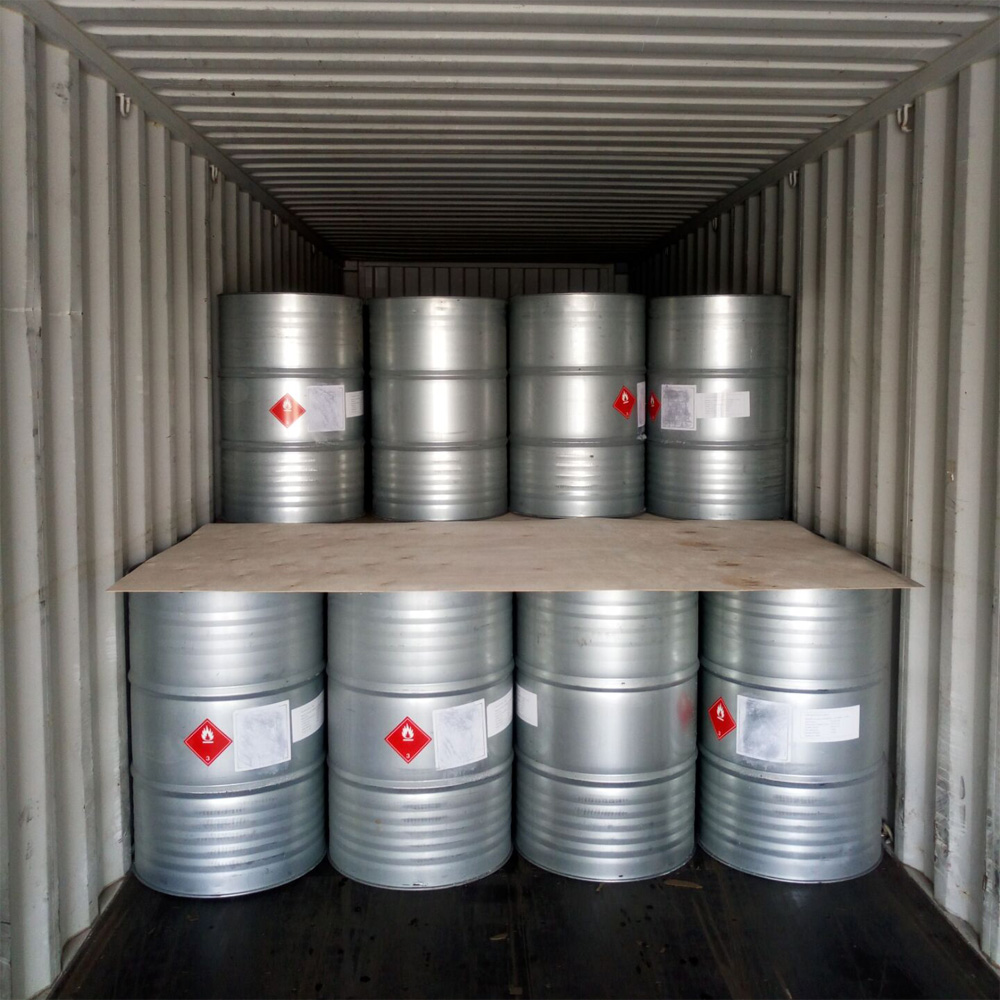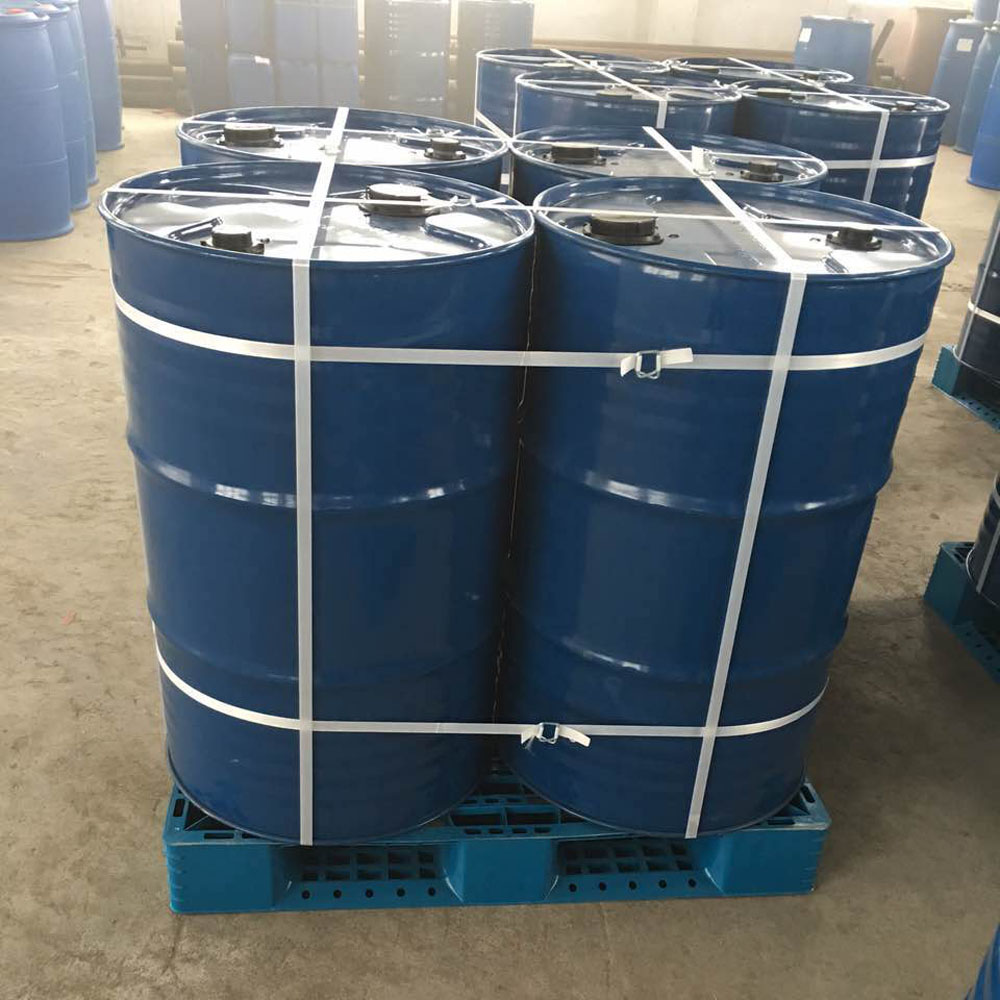Pyridine CAS#110-86-1
Pyridine CAS#110-86-1 Promotion Season Now in Store and Free Sample for Testing with Factory Price
Chemical Name:Pyridine
CAS No.:110-86-1
Molecular Formula:C5H5N
Molecular weight:79.1
Sample: Available
Mode of Transportation
1. By Air, fast but expensive.
2. By Sea, usual and economy.
3. By Train, suit for middle Asia countries.
4. By Express, suit for small package.
We only provide highest quality goods available, accompanied by after support!
Products Description of Pyridine CAS#110-86-1
Pyridine (molecular formula C6H5N) is a six-membered heterocyclic compound containing a nitrogen atom, that is, a compound generated by replacing a -CH= in a benzene molecule with nitrogen. It is similar to benzene, has the same electronic structure, and is still aromatic, so it is also called nitrogen benzene and nitrogen-benzene. It is a colorless liquid with a special odor at room temperature, with a melting point of -41.6℃ and a boiling point of 115.2℃. It forms an azeotropic mixture with water, and the boiling point is 92-93℃. (This property is used in industry to purify pyridine), and the density is 0.9819g/cm3. It is easily soluble in most organic solvents such as water, ethanol, and ether, and can also be used as a solvent itself. Pyridine was originally separated from bone tar, and then it was found that coal tar, coal gas, shale oil, and petroleum also contain pyridine and its homologues, such as 2-Chemicalbook methylpyridine and 2,6-dimethylpyridine. Pyridine and its derivatives are more stable than benzene, and their reactivity is similar to that of nitrobenzene. Due to the electron-withdrawing effect of the nitrogen atom in the ring, the electron density at positions 2, 4, and 6 is lower than that at positions 3 and 5. Typical aromatic electrophilic substitution reactions occur at positions 3 and 5, but the reactivity is lower than that of benzene, and it is generally not easy to undergo nitration, halogenation, sulfonation, and other reactions. In addition, these substitution reactions are all carried out in an acidic medium, and pyridine forms positively charged ions, making it difficult for electrophilic reagents to approach. The halogens of 2- or 4-halopyridine are all active. Due to the low electron density at positions 2 and 6, nucleophilic substitution reactions can occur at these positions, such as reacting with sodium amide or potassium hydroxide to obtain the corresponding 2-aminopyridine or 2-hydroxypyridine.
Pyridine Chemical Properties
Melting point | -42 °C (lit.) |
Boiling point | 115 °C (lit.) |
density | 0.978 g/mL at 25 °C (lit.) |
vapor density | 2.72 (vs air) |
vapor pressure | 23.8 mm Hg ( 25 °C) |
FEMA | |
refractive index | n20/D 1.509(lit.) |
Fp | 68 °F |
storage temp. | Store at +5°C to +30°C. |
solubility | H2O: in accordance |
form | Liquid |
pka | 5.25(at 25℃) |
color | colorless |
Odor | Nauseating odor detectable at 0.23 to 1.9 ppm (mean = 0.66 ppm) |
Relative polarity | 0.302 |
PH | 8.81 (H2O, 20℃) |
explosive limit | 12.4% |
Odor Threshold | 0.063ppm |
Odor Type | fishy |
Water Solubility | Miscible |
FreezingPoint | -42℃ |
λmax | λ: 305 nm Amax: 1.00 |
Merck | 14,7970 |
BRN | 103233 |
Henry's Law Constant | 18.4 at 30 °C (headspace-GC, Chaintreau et al., 1995) |
Dielectric constant | 12.5(20℃) |
Exposure limits | TLV-TWA 5 ppm (~15 mg/m3) (ACGIH, MSHA,and OSHA); STEL 10 ppm (ACGIH), IDLH 3600 ppm (NIOSH). |
Stability: | Stable. Flammable. Incompatible with strong oxidizing agents, strong acids. |
InChIKey | JUJWROOIHBZHMG-UHFFFAOYSA-N |
LogP | 0.64 at 20℃ |
CAS DataBase Reference | 110-86-1(CAS DataBase Reference) |
IARC | 2B (Vol. 77, 119) 2019 |
NIST Chemistry Reference | Pyridine(110-86-1) |
EPA Substance Registry System | Pyridine (110-86-1) |
Safety Information
Hazard Codes | T,N,F,Xn |
Risk Statements | 11-20/21/22-39/23/24/25-23/24/25-52-36/38 |
Safety Statements | 36/37/39-38-45-61-28A-26-28-24/25-22-36/37-16-7 |
RIDADR | UN 1282 3/PG 2 |
OEB | A |
OEL | TWA: 5 ppm (15 mg/m3) |
WGK Germany | 2 |
RTECS | UR8400000 |
F | 3-10 |
Autoignition Temperature | 482 °C |
Hazard Note | Highly Flammable/Harmful |
TSCA | Yes |
HS Code | 2933 31 00 |
HazardClass | 3 |
PackingGroup | II |
Hazardous Substances Data | 110-86-1(Hazardous Substances Data) |
Toxicity | LD50 orally in rats: 1.58 g/kg (Smyth) |
IDLA | 1,000 ppm |
Product Application of Pyridine CAS#110-86-1
As one of the important nitrogen-containing heterocyclic compounds, pyridine has been widely used in fields including photocatalysis and optoelectronic devices. In pharmaceutical chemistry, pyridine is also often used as the parent nucleus structure of drugs. At present, the deuteration reaction of pyridine is mainly carried out by metal catalysts such as Pd, Rh, Ir, Ru and Ni, and hydrogen isotope exchange (HIE) is carried out at the α-position, while HIE at other positions is rarely involved. Among the many derivatives of pyridine, some are important drugs, and some are important components of vitamins or enzymes. For example, the amide of pyridine-3-carboxylic acid (i.e., nicotinamide) forms an important dinucleotide with adenine (see purine), ribose and phosphate in coenzyme I. Isoniazid, a derivative of pyridine, is an oral anti-tuberculosis drug. 2-Methyl-5-vinylpyridine is an important raw material for synthetic rubber. In addition to being a solvent, pyridine can also be used in industry as a denaturant, dyeing aid, and starting material for the synthesis of a series of products, including medicines, disinfectants, dyes, food seasonings, adhesives, explosives, etc.
Factory and Equipment Show
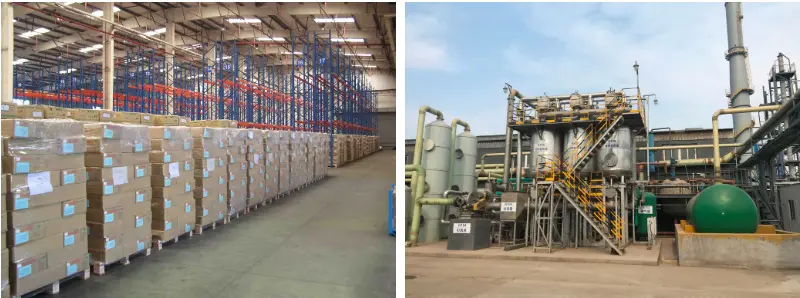
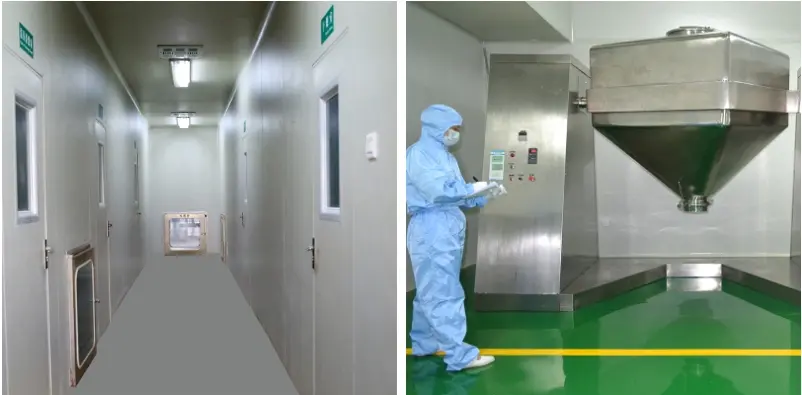
Fast transport time
Inventory 2-3 working days New manufacturing 7-10 working days
